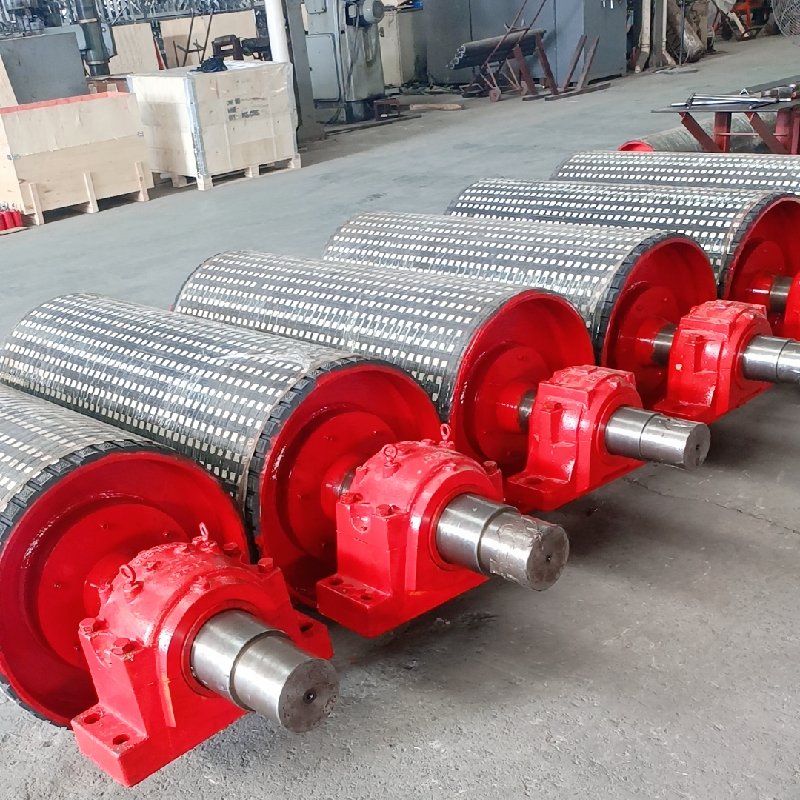 Afrikaans
Afrikaans  Albanian
Albanian  Amharic
Amharic  Arabic
Arabic  Armenian
Armenian  Azerbaijani
Azerbaijani  Basque
Basque  Belarusian
Belarusian  Bengali
Bengali  Bosnian
Bosnian  Bulgarian
Bulgarian  Catalan
Catalan  Cebuano
Cebuano  Corsican
Corsican  Croatian
Croatian  Czech
Czech  Danish
Danish  Dutch
Dutch  English
English  Esperanto
Esperanto  Estonian
Estonian  Finnish
Finnish  French
French  Frisian
Frisian  Galician
Galician  Georgian
Georgian  German
German  Greek
Greek  Gujarati
Gujarati  Haitian Creole
Haitian Creole  hausa
hausa  hawaiian
hawaiian  Hebrew
Hebrew  Hindi
Hindi  Miao
Miao  Hungarian
Hungarian  Icelandic
Icelandic  igbo
igbo  Indonesian
Indonesian  irish
irish  Italian
Italian  Japanese
Japanese  Javanese
Javanese  Kannada
Kannada  kazakh
kazakh  Khmer
Khmer  Rwandese
Rwandese  Korean
Korean  Kurdish
Kurdish  Kyrgyz
Kyrgyz  Lao
Lao  Latin
Latin  Latvian
Latvian  Lithuanian
Lithuanian  Luxembourgish
Luxembourgish  Macedonian
Macedonian  Malgashi
Malgashi  Malay
Malay  Malayalam
Malayalam  Maltese
Maltese  Maori
Maori  Marathi
Marathi  Mongolian
Mongolian  Myanmar
Myanmar  Nepali
Nepali  Norwegian
Norwegian  Norwegian
Norwegian  Occitan
Occitan  Pashto
Pashto  Persian
Persian  Polish
Polish  Portuguese
Portuguese  Punjabi
Punjabi  Romanian
Romanian  Russian
Russian  Samoan
Samoan  Scottish Gaelic
Scottish Gaelic  Serbian
Serbian  Sesotho
Sesotho  Shona
Shona  Sindhi
Sindhi  Sinhala
Sinhala  Slovak
Slovak  Slovenian
Slovenian  Somali
Somali  Spanish
Spanish  Sundanese
Sundanese  Swahili
Swahili  Swedish
Swedish  Tagalog
Tagalog  Tajik
Tajik  Tamil
Tamil  Tatar
Tatar  Telugu
Telugu  Thai
Thai  Turkish
Turkish  Turkmen
Turkmen  Ukrainian
Ukrainian  Urdu
Urdu  Uighur
Uighur  Uzbek
Uzbek  Vietnamese
Vietnamese  Welsh
Welsh  Bantu
Bantu  Yiddish
Yiddish  Yoruba
Yoruba  Zulu
Zulu Design and Selection of Idlers for Efficient Conveyor Belt Systems
Understanding the Role of Idlers in Conveyor Belt Systems
Conveyor belts are ubiquitous in various industries, facilitating the efficient movement of materials from one point to another. These systems have revolutionized the logistics and manufacturing sectors by enhancing productivity and reducing labor costs. One crucial component of any conveyor belt system is the idler, which plays an essential role in the overall functionality and efficiency of the conveyor. This article delves into the significance of idlers, their types, and the maintenance practices necessary for prolonging their lifespan.
What are Idlers?
Idlers are mechanical devices that support the weight of the conveyor belt and the materials being transported. They serve to maintain the correct tension on the belt, ensure smooth operation, and reduce friction, which can lead to increased wear and tear. Typically made of steel or plastic, idlers can come in various shapes, sizes, and configurations, depending on the specific requirements of the conveyor system.
Types of Idlers
There are several types of idlers, each designed for particular applications and environments
1. Carrying Idlers These are the most common type of idler and are primarily used to support the load of the conveyed materials. They are often arranged in a set of three, called a trough, to help keep the load centered on the conveyor belt.
2. Return Idlers Positioned at the bottom of the conveyor system, return idlers support the return side of the belt, ensuring it remains aligned and in the correct position for the next load cycle.
3. Impact Idlers Placed at points where materials are loaded onto the conveyor, impact idlers are designed to absorb the shock of heavy loads, reducing the wear on the belt and other components.
4. Training Idlers Also known as belt training idlers, these are used to keep the conveyor belt properly aligned, preventing it from running off-course. They are particularly critical in long conveyor systems where misalignment can lead to severe operational problems.
5. Self-cleaning Idlers Designed with special features, self-cleaning idlers help to prevent the accumulation of bulk materials and debris, which can hinder performance and lead to additional wear on the belt.
Importance of Idlers
Idlers are crucial components of conveyor belt systems for several reasons
idler for conveyor belt

- Load Support By efficiently distributing the weight of the conveyed materials, idlers prevent undue stress on the conveyor belt and other components, thereby extending their service life.
- Reduced Friction Quality idlers can significantly reduce friction, translating to less energy consumption and lower operational costs. This is particularly important in large-scale operations, where energy efficiency can lead to substantial savings.
- Belt Alignment Properly functioning idlers help maintain belt alignment, which is vital for effective material handling. Misalignment can cause the belt to wear unevenly or even damage the entire system.
- Facilitating Maintenance Certain idler designs make it easier for maintenance personnel to clean and inspect the conveyor system, promoting an overall safer and more efficient working environment.
Maintenance of Idlers
To ensure that idlers function optimally, regular maintenance is essential. Here are some practical maintenance tips
- Regular Inspections Frequent visual inspections can help identify any signs of wear, misalignment, or damage early on. Addressing these issues promptly can prevent larger failures down the line.
- Lubrication Depending on the type of idler, applying proper lubrication can reduce friction and prolong the idler’s life. Always follow the manufacturer’s recommendations regarding lubrication intervals and types.
- Cleaning Debris and material build-up around idlers can lead to operational inefficiencies and wear. Regular cleaning should be part of the maintenance routine to ensure smooth operation.
- Replacement Monitor idlers for wear and tear, and replace them as needed to maintain the integrity of the conveyor system. Waiting too long to replace damaged idlers can result in costly breakdowns and repairs.
Conclusion
In summary, idlers play a vital role in the operation of conveyor belt systems, ensuring load support, reducing friction, and maintaining belt alignment. Understanding the different types of idlers, their functions, and the importance of maintenance can significantly enhance the efficiency and longevity of conveyor systems. Given their critical role, investing in quality idlers and diligent upkeep is essential for any operation relying on conveyor belts for material handling.
-
Revolutionizing Conveyor Reliability with Advanced Rubber Lagging PulleysNewsJul.22,2025
-
Powering Precision and Durability with Expert Manufacturers of Conveyor ComponentsNewsJul.22,2025
-
Optimizing Conveyor Systems with Advanced Conveyor AccessoriesNewsJul.22,2025
-
Maximize Conveyor Efficiency with Quality Conveyor Idler PulleysNewsJul.22,2025
-
Future-Proof Your Conveyor System with High-Performance Polyurethane RollerNewsJul.22,2025
-
Driving Efficiency Forward with Quality Idlers and RollersNewsJul.22,2025





























